What are Chakras and why are they so important to our wellbeing?
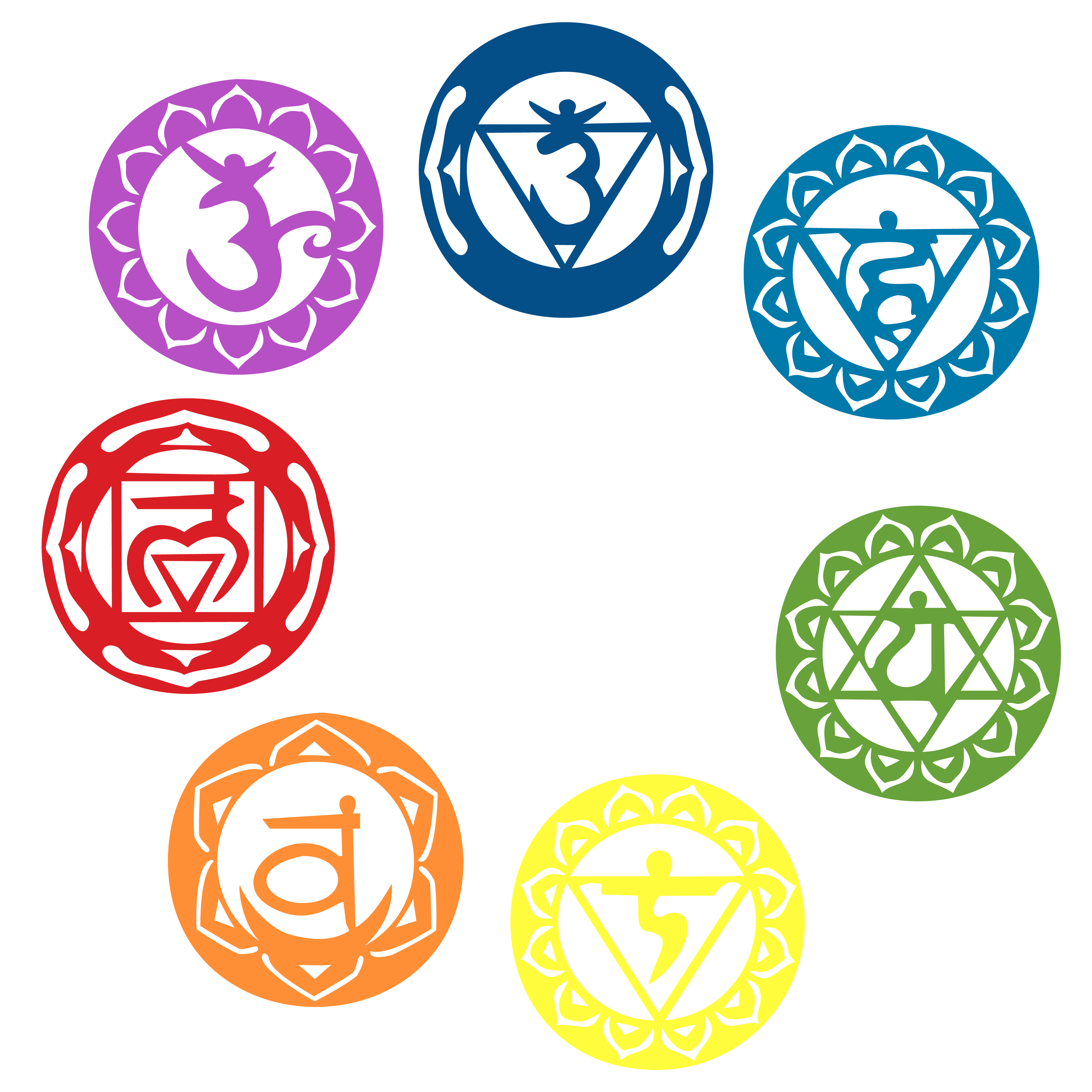
Chakras are energy fields in your body that help regulate, and therefore influence different bodily functions, the immune system, and emotions.
When one or several Chakras are blocked or in need of reenergizing, one may notice this through negative emotions, sickness, or blockages in the life path. Our general sense of wellbeing is strongly connected to our Chakras and how activated, healthy and vital they are working.
We most commonly count 7 main Chakras throughout the body, and each Chakra has its own energy and functions.
Some say that there are additional Chakras in the palms of your hands, by your spleen and in your soles. You can activate, heal or energize any Chakra, by concentrating on it and therefore nurturing its energy. This can easily be done through meditation or by simply listening to music or frequencies that stimulate the Chakras. In my programs, you can choose from a selection of different meditations for all of the 7 Chakras, in full sessions, or you listen to them individually.
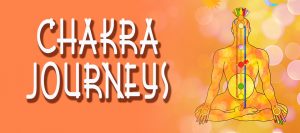
Inside the MYditation App, you have a wide selection of Chakra Meditations, and a whole journey dedicated to this topic ‘Chakra Journeys’. CLICK HERE to get the app for free now and start energizing your chakras right away!
Even though the focus is on the 7 main Chakras, the remaining Chakras are included inside some of the corresponding Chakra meditations through visualization exercises.
When all of your Chakras are open and harmonizing together, you will notice this in good health, abundance, and purpose in your life.
The Root Chakra
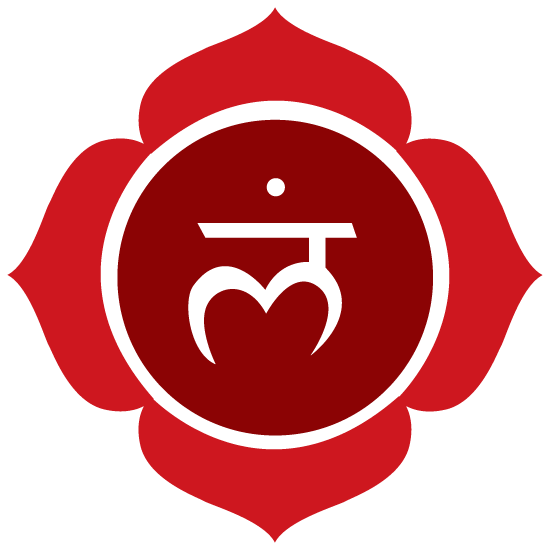
The Root Chakra is most commonly represented by the color red, its Sanskrit name is Muladhara, and it is located at the base of your spine.
The Root Chakra represents the physical and material world and brings vitality to your physical body. You can usually tell how balanced your root chakra is, by your ability to function in your environment, how grounded you are, and how satisfied with life.
The areas of your body that the Root Chakra corresponds to are your bones, spine and legs, adrenal glands, kidneys and your colon. The sense related to the Root Chakra is ‘smell’.
A blocked Root Chakra can manifest itself as paranoia and insecurities, and the basic feeling of being out of balance in your life, as well as issues with money or procrastination regarding your purpose.
A healthy or energized Root Chakra can be noticed by having a purpose in life, being happy about yourself and where you are headed, having a good self-image, courage, and patience, as well as a good sense of belonging in your physical world. The Root Chakra is closely connected to money matters and the ability to manifest your thoughts.
The Sacral Chakra
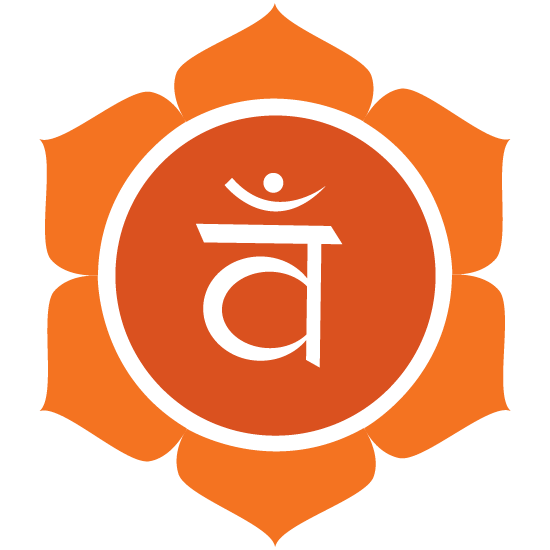
The Sacral Chakra is most commonly represented by the color orange, its Sanskrit name is Svadhisthana, and it is located in your lower abdomen, between your navel and genitals.
The Sacral Chakra represents your sexuality and emotional balance, and consequently the sex organs, bladder, prostate, and womb of your physical body.
The sense related to the Sacral Chakra is ‘taste’.
A blocked Sacral Chakra may manifest itself in emotional problems, any sort of sexual issues, or ultimately even diseases such as diabetes or cancer.
A healthy Sacral Chakra can be noticed by balanced sexual emotions and a healthy sex life, good relationships, a happy family life, tolerance, and vitality.
The Solar Plexus Chakra
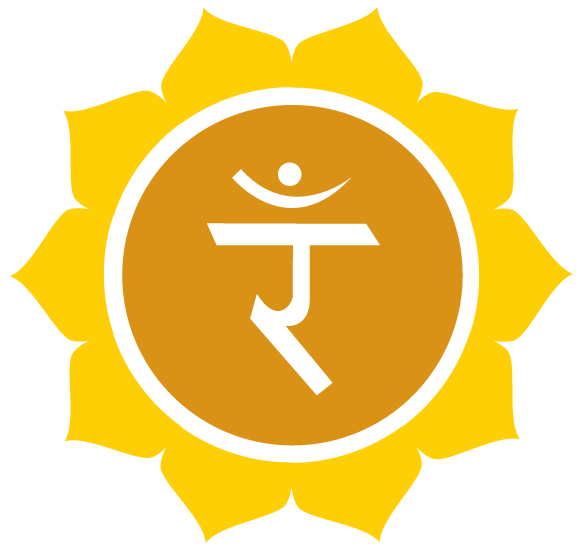
The Solar Plexus Chakra is most commonly represented by the color yellow, its Sanskrit name is Manipura, and it is located between the navel and the base of the sternum.
The Solar Plexus Chakra is mainly in charge of the nervous and digestive system and muscles.
The sense related to the Sacral Chakra is ‘sight’.
A blocked Solar Plexus Chakra can manifest itself in low self-esteem, feeling mistreated or as the victim, not being able to manifest, and ‘over attachment’ as to the fear of being alone.
A healthy Solar Plexus Chakra can be noticed by a good sense of determination, personal power, balance, the ability to see ones purpose in life, and a good sense of humour.
The Heart Chakra
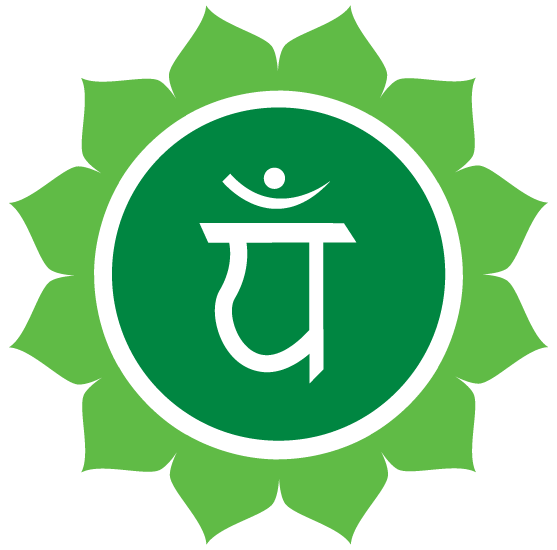
The Heart Chakra is most commonly represented by the color green, its Sanskrit name is Anahata, and it is located at the center of the chest.
The Heart Chakra corresponds to the heart and circulatory system, lungs, chest, the thymus gland [closely associated with the immune system], arms and hands.
The sense related to the Heart Chakra is ‘touch’.
A blocked Heart Chakra may manifest itself in the immune system or heart problems, self-pity and feeling unworthy, fear of rejection, and problems receiving or expressing love and emotions towards oneself or others – in general or for longer periods of time.
A healthy Heart Chakra can be noticed by a sense of balance that overcomes any negative emotions about oneself or others, acceptance, unconditional love, the ability to receive and express love, contentment and a sense of oneness with life.
The Throat Chakra
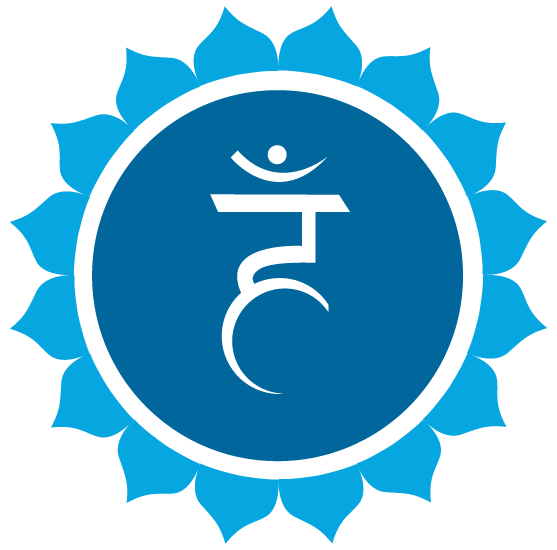
The Throat Chakra is most commonly represented by the color blue, its Sanskrit name is Vishudha, and it is located in the throat area, centrally at the height of the base of the neck.
The Throat Chakra affects the thyroid, parathyroid, hypothalamus (a section of the brain that is responsible for the production of many of the body’s essential hormones), the throat, mouth and ears.
The sense related to the Throat Chakra is ‘hearing’.
A blocked Throat Chakra may be noticed by any throat issues, problems expressing oneself or communicating with others, being prejudice or rigid, and a sort of inability to accept other people’s views. Sometimes the Throat Chakra can be ‘too opened’, which may be noticed by being over-talkative or arrogant and too full of oneself.
A healthy Throat Chakra manifests itself through kindness, creativity, communication, being able to express opinions and to follow up on them, as well as feeling a sense of balance that head and heart are aligned.
The Third Eye Chakra
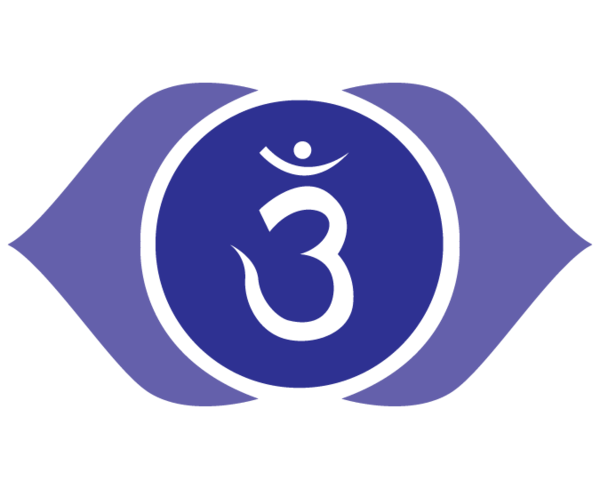
The Third Eye Chakra is most commonly represented by an indigo color, its Sanskrit name is Ajna, and it is located just above and between the eyebrows.
The Third Eye Chakra is related to the pituitary gland (also called ‘master gland’ as it controls other glands in the body, hence hormones), pineal gland (often seen as being the connecting link between the physical and spiritual world), the eyes and nose.
The sixth sense can be related to the Third Eye Chakra.
A blocked Third Eye Chakra may manifest itself in sinus or eye problems, a need or wish to control others and selfishness.
A healthy Third Eye Chakra can be noticed by a sense of great intuition, awareness and inner wisdom, the ability to see the truth and forgive, clairvoyance, great imagination, positive thinking and peace of mind.
The Crown Chakra
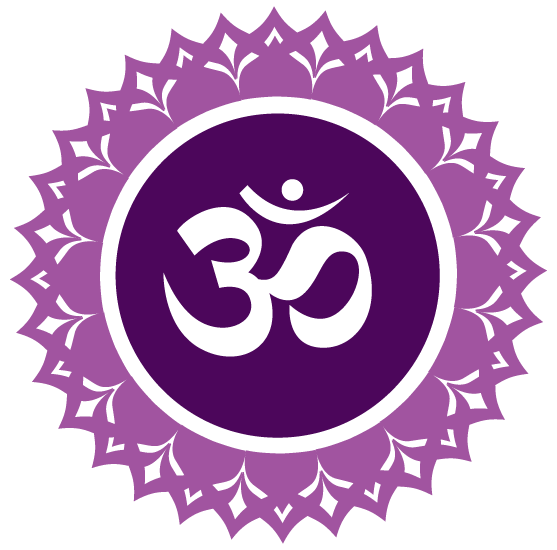
The Crown Chakra is most commonly represented by a bright pink or violet – close to white or sometimes even gold color, its Sanskrit name is Sahasrara, and it is located at the top of the head.
The Crown Chakra connects to the upper brain, and its sense is beyond the range of our physical senses.
A closed Crown Chakra may manifest in emotional problems and the feeling of being alienated or condemned. Sometimes it can be too open, which may result in psychotic or depressive behavior and frustration.
A healthily opened Crown Chakra can be noticed by a sense of spiritual consciousness, the connection to source or ‘God’, wisdom and understanding, personal expression and a feeling of oneness with all. By having all Chakras harmonizing, and an open Crown Chakra, one may experience enlightenment.
Now you know the fundamentals of the 7 main Chakras!
Thank you for reading through this guide, you are now well prepared and ready to start your Chakras journey!
We wish you the most personal chakra journey you have ever experienced,
Your MYditation Team
